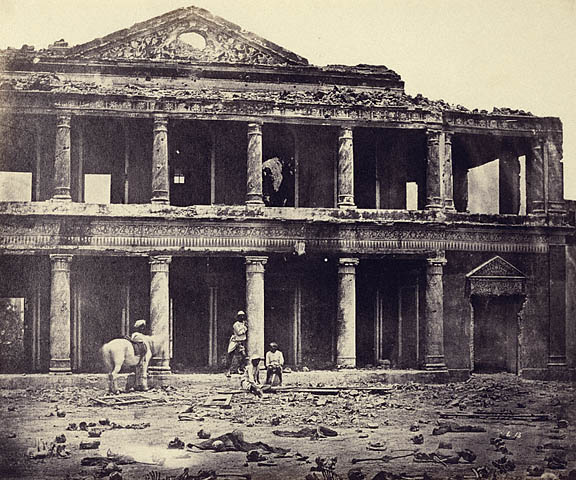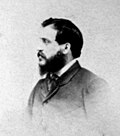Ficheru:Image-Secundra Bagh after Indian Mutiny higher res.jpg
Image-Secundra_Bagh_after_Indian_Mutiny_higher_res.jpg (576 × 480 píxels, tamañu de ficheru: 88 kB, triba MIME: image/jpeg)
Historial del ficheru
Calca nuna fecha/hora pa ver el ficheru como taba daquella.
| Data/Hora | Miniatura | Dimensiones | Usuariu | Comentariu | |
|---|---|---|---|---|---|
| actual | 19:55 3 pay 2006 |  | 576 × 480 (88 kB) | Nauticashades | {{Information |Description=''Interior of the Secundra Bagh after the Slaughter of 2,000 Rebels by the 93rd Highlanders and 4th Punjab Regiment. First Attack of Sir Colin Campbell in November 1857, Lucknow.'' Albumen silver print, |
Usu del ficheru
La páxina siguiente usa esti ficheru:
Usu global del ficheru
Estes otres wikis usen esti ficheru:
- Usu en ar.wikipedia.org
- Usu en arz.wikipedia.org
- Usu en azb.wikipedia.org
- Usu en ba.wikipedia.org
- Usu en ca.wikipedia.org
- Usu en en.wikipedia.org
- Usu en eo.wikipedia.org
- Usu en es.wikipedia.org
- Usu en fa.wikipedia.org
- Usu en fr.wikipedia.org
- Usu en fr.wikibooks.org
- Usu en gu.wikipedia.org
- Usu en he.wikipedia.org
- Usu en hi.wikipedia.org
- Usu en hy.wikipedia.org
- Usu en id.wikipedia.org
- Usu en it.wikipedia.org
- Usu en ja.wikipedia.org
- Usu en ko.wikipedia.org
- Usu en ml.wikipedia.org
- Usu en mr.wikipedia.org
- Usu en no.wikipedia.org
- Usu en ru.wikipedia.org
- Usu en si.wikipedia.org
- Usu en sq.wikipedia.org
- Usu en ta.wikipedia.org
- Usu en te.wikipedia.org
Ver más usos globales d'esti ficheru.








